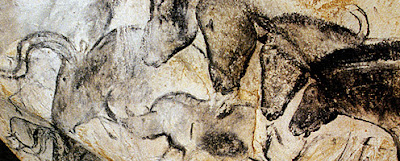By Bethany Youngblood
Introduction to Hunab Ku
Hunab
Ku is a Maya deity whose name means "The Only God".[1]
It seems strange to find such a thing in the Maya pantheon, but there it is. Is
this monotheism? Did the Maya have a belief in an all-knowing creator god?
Could this be the trump-card example for ancient knowledge of God within the
Maya civilization? There are so many opinions out there about what Hunab Ku was,
but what are the facts? What are Christians supposed to make of it?







